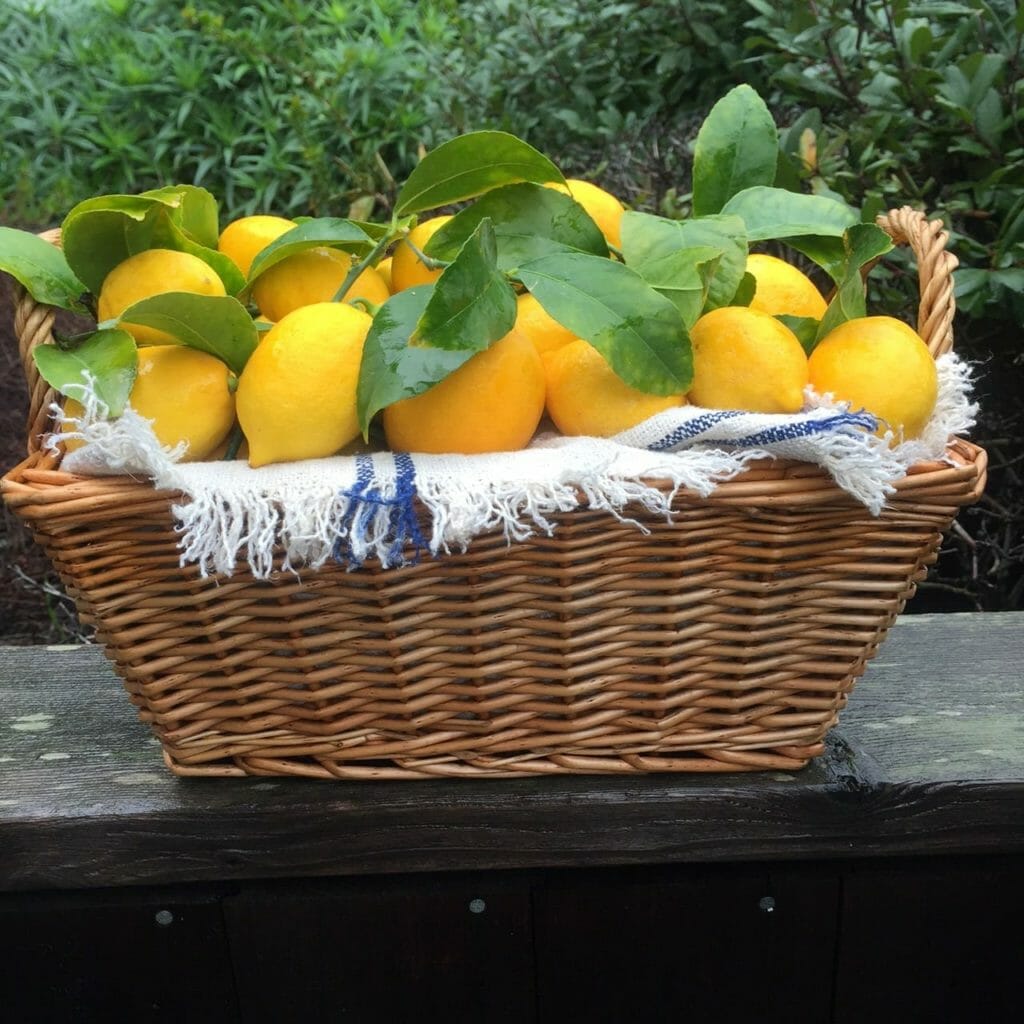Preserved lemons are a staple of my fridge that I pull out from time to time to add a pop of flavor to a wide variety of dishes. It’s an ingredient common in North African cuisine made by preserving whole lemons in salt and their own juices. They’re salty, briny and citrusy with a pleasingly fermented funk (that fermentation process also means preserved lemons are a source of gut-healthy bacteria). Preserved lemons are sold in specialty markets, some supermarkets, and even Trader Joe’s. That said, I find homemade to be superior, cheaper, and ridiculously easy to make (you can find a preserved lemon recipe here). Then the question becomes, how to use preserved lemons.
How to Use Preserved Lemons
It might be helpful to think of preserved lemons along the lines of other briny, preserved foods, such as olives or capers. You can use preserved lemons in many of the same dishes where you’d add those ingredients. Most recipes call for using just the peel of the preserved lemon, though the pulp is entirely edible. The preserved peel itself is soft enough to easily slice, chop, or pound into a puree, which is how I typically use it in my cooking.
18 Ways to Use Preserved Lemons
Below are 18 ideas for how to use preserved lemons. Start by pulling a preserved lemon from the jar (or as much as you need). Slough off the pulp (unless a recipe calls for it), give the remaining peel a quick rinse under the tap, and cut it into slivers, chop, or mince. The amount you’ll need will vary depending on your palate, but figure a few teaspoons for a vinaigrette to a whole lemon for roast chicken or tagine. These are just ideas to get you started, feel free to riff as you see fit.
- Add it to gremolata, Italian salsa verde, or chimichurri for topping fish, poultry, or meat
- Toss it into a sauté pan along with garlic and olive oil when cooking leafy greens, such as this sautéed kale
- Stir it into Greek yogurt when making tzaziki or another savory yogurt sauce (such as with these lamb sliders).
- Mince or pound to a paste and smear under the skin of a chicken before roasting
- Add it to tapenade, hummus, or other favorite dips and spreads
- Toss with steamed broccoli or other vegetables and a splash of olive oil as soon as it’s cooked
- Add it to tuna, salmon, or chicken salad (my personal favorite)
- Stir it into pan juices or gravy from cooking meat or poultry
- Add it to beef or other stew as it simmers
- Make a classic Moroccan tagine (here is a recipe to try)
- Include it in marinades for meat and poultry, such as these grilled chicken kebabs
- Toss with potatoes or other root vegetables before roasting
- Use it for added flavor in simple pasta dishes, from spaghetti and clams to garlic and olive oil pasta
- Stir it into lentil salad or the broth of these chickpeas along with favorite spices, such as cumin or coriander
- Whisk it into a simple vinaigrette to toss with salad greens or spoon over grilled fish
- Add it to tartar sauce (such as on these fish sandwiches) or homemade mayonnaise to spread on a sandwich
- Use it in pasta, rice, or other grain salads (it would be terrific in this farro)
- Smash it into the yolks when making deviled eggs
